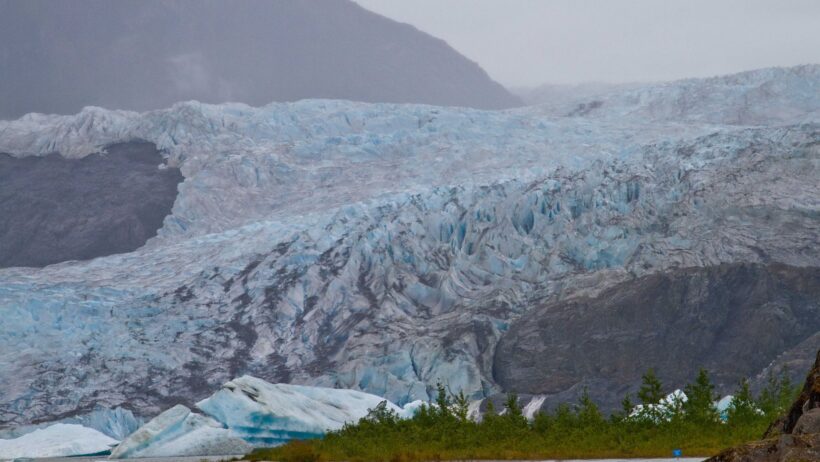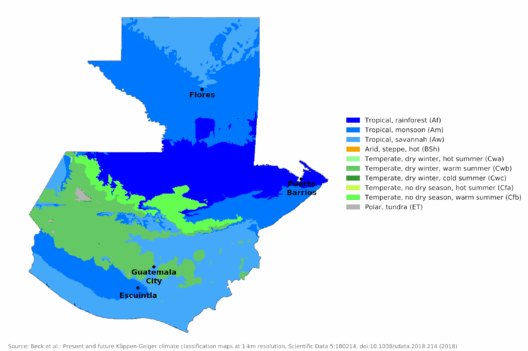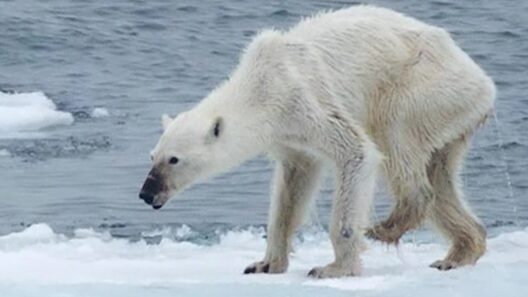The question, “Did the Ice Age end because of global warming?” tantalizes our minds, inviting us to delve into the complexities of climatic shifts that have sculpted the Earth’s history. While it may seem playful to consider the end of an epoch marked by frigid temperatures as a consequence of warming, this inquiry leads us to examine not only the dynamics of the Ice Age itself but also the enduring relationship between natural climatic fluctuations and human-induced environmental changes. Let us navigate this intricate landscape of paleoclimatic data, global temperature shifts, and anthropogenic influences.
The Ice Age, or the Pleistocene Epoch, commenced approximately 2.6 million years ago and persisted until about 11,700 years ago, during which the Earth experienced cyclical glaciations. Vast ice sheets enveloped significant portions of the Northern Hemisphere, radically transforming the landscape and producing profound effects on today’s ecosystems. The conclusion of this epoch is generally attributed to a combination of natural processes, including astronomical variations known as Milankovitch cycles, volcanic activity, and shifts in oceanic currents.
Milankovitch cycles describe the Earth’s orbital changes that affect its exposure to solar energy. These cycles include variations in eccentricity, axial tilt, and precession. They contribute to periodic warming and cooling phases, influencing the development and recession of glacial periods. As the Earth’s orbit subtly shifted, it altered the distribution of sunlight across the globe, ultimately playing a crucial role in the transition out of glaciation. However, this process unfolded over millennia, often coupled with feedback mechanisms that either amplified or mitigated climatic changes.
Volcanic activity, particularly massive eruptions, also played a role in climatic transitions. Such events can release large volumes of greenhouse gases and ash, temporarily warming the atmosphere or leading to colder conditions. The cumulative effects of volcanic emissions, altering atmospheric composition, can create a compelling narrative about the ways natural processes impact global temperatures.
Ocean currents, too, factor into this climatic equation. The end of the last Ice Age saw shifts in oceanic circulation patterns, such as the North Atlantic thermohaline circulation. This circulation is crucial for distributing heat across the planet and significantly affects climate patterns. When ice sheets melted, freshwater influx disrupted these currents, triggering further global temperature changes that contributed to the warming climate.
However, to speculate on whether these natural warming trends resemble the contemporary phase of anthropogenic global warming poses a different challenge altogether. Today, human activities—chiefly the burning of fossil fuels, deforestation, and industrial processes—have drastically increased atmospheric concentrations of greenhouse gases. The speed and scale of current warming are not etched in the geological record of past climates and present an unprecedented scenario for ecosystems and societies around the world.
To draw a parallel between the end of the Ice Age and current climate dynamics demands careful consideration. While natural warming phases associated with the Earth’s geologic history facilitated the Ice Age’s conclusion, today’s warming is largely driven by human influence. It is vital to recognize distinctions between ancient climate drivers and contemporary effects rooted in industrialization. Discerning these differences is critical, as conflating them risks oversimplifying the complex interplay of natural and anthropogenic forces shaping our planet’s climate.
So, what does the conclusion of the Ice Age teach us about our current trajectory? Firstly, the Earth has experienced significant warming events before, driven by natural phenomena. However, the mechanisms and pace of current warming are unequivocally linked to human actions. While the Ice Age dissipated over millennia, our modern predicament accelerates unprecedented changes within decades or centuries. This rapidity exacerbates the challenges facing biodiversity, agriculture, and water resources, as ecosystems struggle to adapt to shifting climatic realities.
Moreover, understanding the factors that contributed to the exit from glaciation prompts us to consider how similar principles could be applied to mitigate current climate challenges. The action taken now—or lack thereof—will influence future generations, creating a legacy that could resemble either the adaptive resilience demonstrated during the glaciation or the perilous consequences of inaction. This compels a deeper recognition of our responsibility toward both environmental stewardship and innovative solutions to combat climate change.
The Ice Age’s conclusion illustrates the Earth’s capacity for change, shaped by forces both celestial and terrestrial. It serves as a crucial reminder that while climatic transitions are an inherent part of our planet’s history, the rate at which we are now altering it is a phenomenon unique to the Anthropocene. Moving forward, understanding the lessons of our planet’s climatic past will be essential as we navigate this pivotal moment in history. As we grapple with the ramifications of our actions, the question transforms from an inquiry about the Ice Age to a poignant exploration of our role in shaping a sustainable future.
In retrospect, the Ice Age’s end, framed against the backdrop of both natural forces and the machinations of human enterprise, reverberates through today’s climate crisis. The challenge lies in forging a path informed by this understanding, fostering resilient ecosystems and communities in the face of an uncertain future. By recognizing that the end of the Ice Age was governed by natural variability, we must also remain cognizant that our current trajectory is distinctly different—infused with the urgency for action amidst mounting evidence of our impact on the climate. The time to act is. Our future depends on it.






